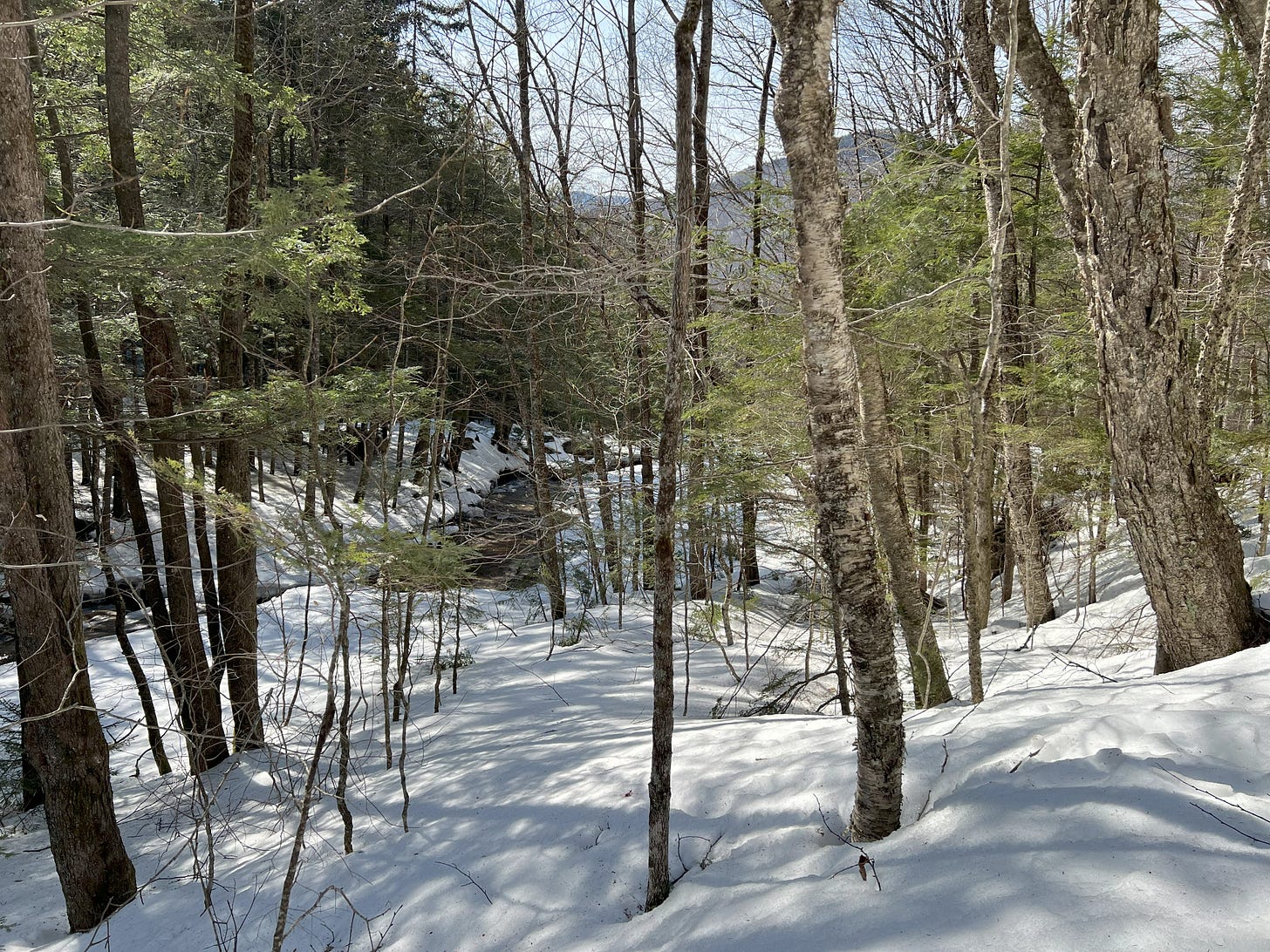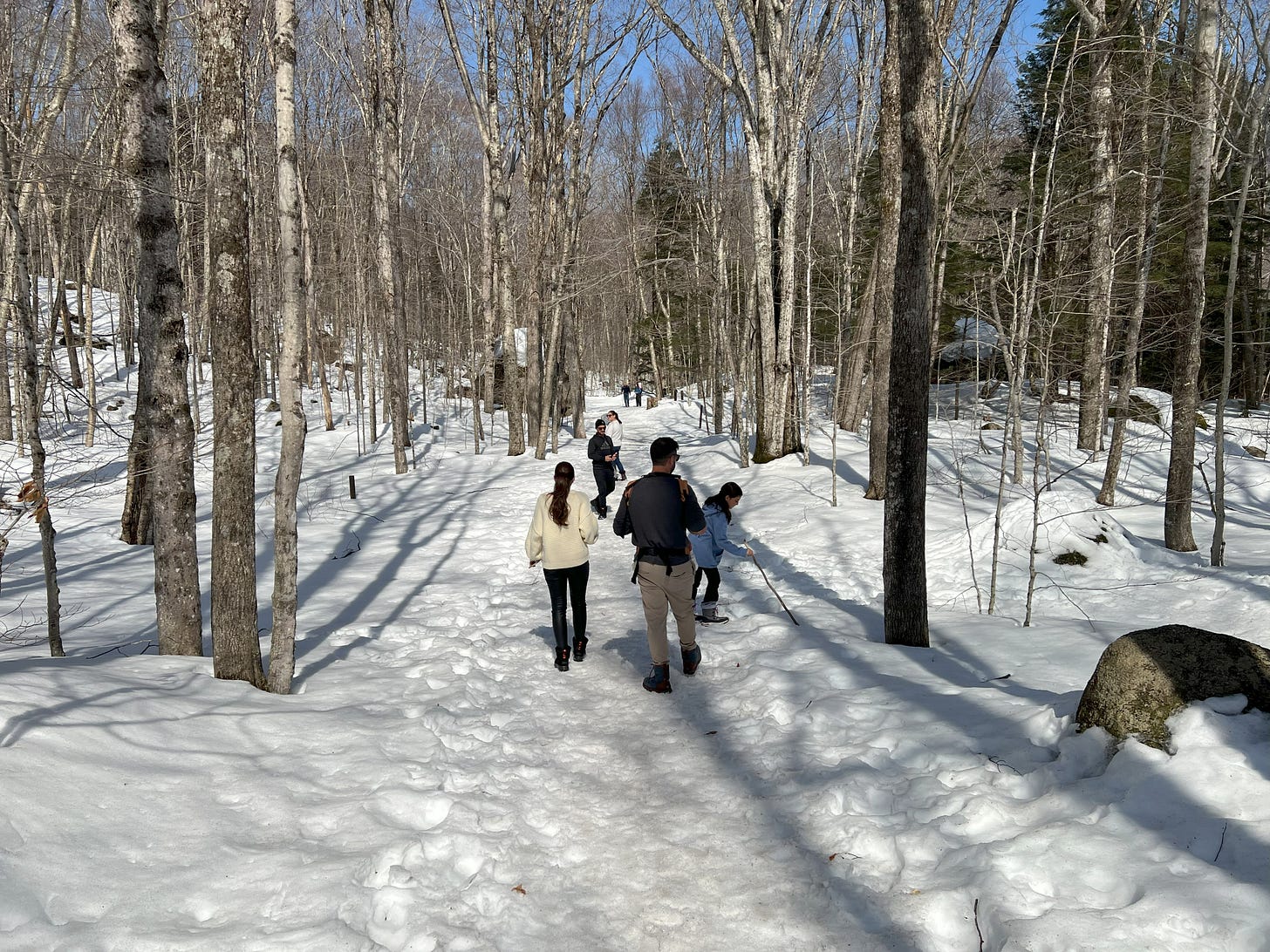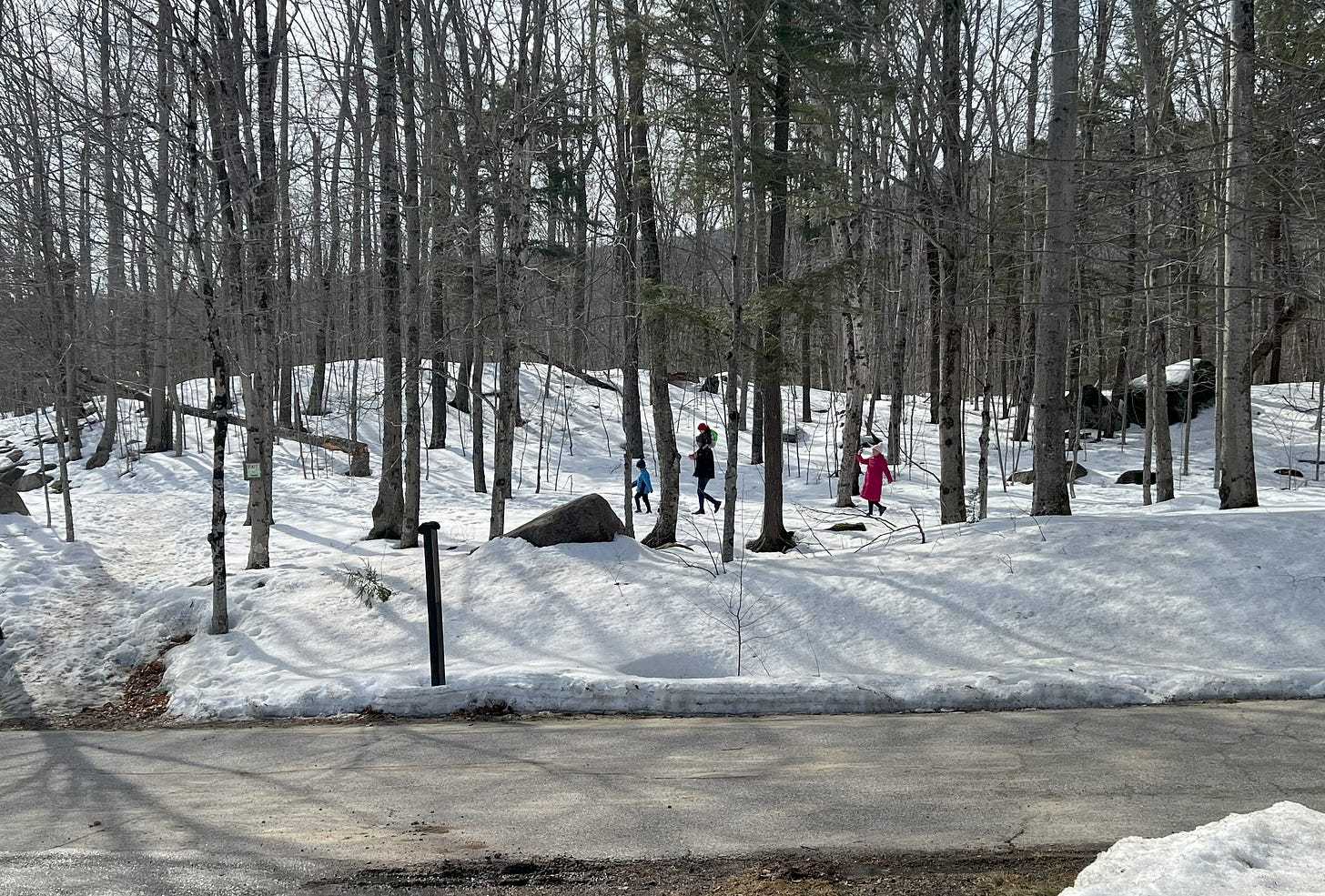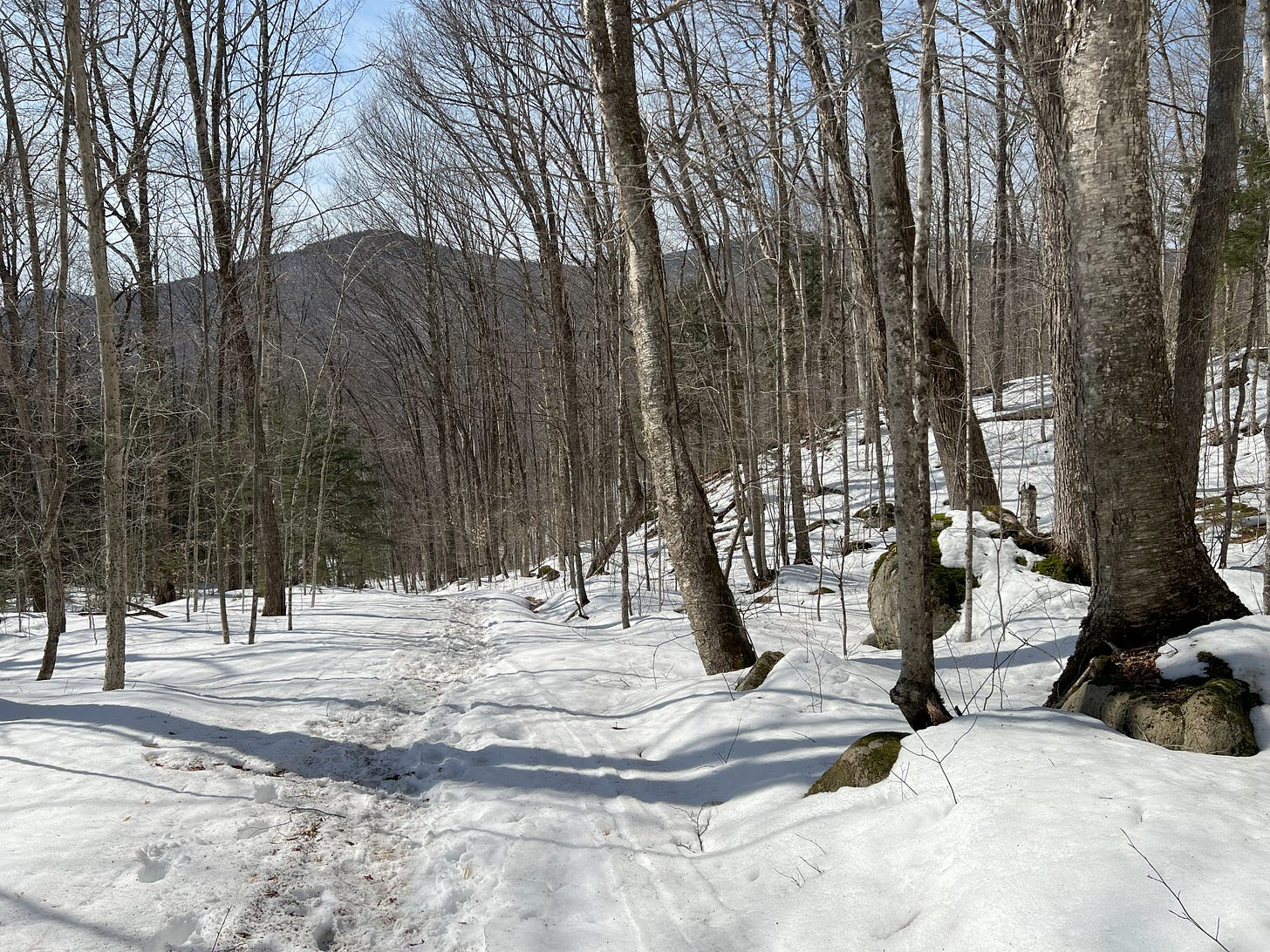A recent scientific article, utilizing multiple indirect data sources and models, estimates that the world’s soil moisture loss due to water is 3,941 cubic kilometers from 1979 to 2016. This is an enormous amount of water. Lake Huron holds 3,500 cubic kilometers, while Lake Michigan holds 4,918 cubic kilometers.
Unless you are a soil microbe, springtail, worm, or robin foraging for worms, soil moisture likely isn’t at the top of your list of concerns, even if you are very worried about climate change. The distinction between dirt and soil is that soil is alive and can retain moisture. The difference between flour and bread is life; yeast consumes flour, creating bread.
The bread of my youth, Wonder Bread, claimed to build bodies twelve ways. Initially, there were eight ways (protein, calcium, phosphorus, iron, Vitamin B1, Vitamin B2, Niacin, and energy). Then, when 12 ways in 1971, the Federal Trade Commission made them scale back their promises.
Soil also builds bodies (fungi, microbes, mites, tardigrades, and all) with nutrients prepared for consumption by bacteria and energy supplied by plants, which photosynthesize carbon dioxide and water into carbohydrates. When cut or chewed, a plant repairs itself, producing more plant fiber and carbohydrates pushed out of roots as exudate to nourish fungi and the soil.
Add water to dirt or flour, and you’ll get a sticky mess. Soil holds moisture, much like sliced bread, which will hold a liquid egg to become French Toast and still make room to soak up maple syrup. Healthy soil four inches deep can hold seven inches of rainwater.
The problem with soil begins at the crust. The soil surface will not accept or retain water if it becomes excessively crusty. We contribute to the hardening of the surface through heavy tillage, the use of fertilizers that harm microbes, repeated fires, drainage, the destruction of wetlands, deforestation, loss of biodiversity, erosion, unmanaged grazing, and all their combinations.
We’ve deprived the world’s soil and the lives within a Lake Huron volume of life-giving moisture. That’s just the beginning of the troubles ahead. When the land dries, plants lose the ability to release water vapor that evaporates to cool or condense, which warms with the morning dew. With plant evapotranspiration greatly reduced, the hundreds of horsepower per acre of solar power cycling water is re-routed to warming and baking the earth. The rising hot air draws in more drying winds. Cumulus cloud formation ceases, except for fiercer afternoon thunderstorms.
Raindrops unable to penetrate the soil join together to form rivulets that gather speed and converge to become streams, transporting sediments that scour the land. Erosion carves, sedimentation smothers, and floodwaters rise, bringing more destruction.
The clouds have silver linings because the annual rainfall amounts have not changed significantly. When it rains and water is plentiful, we need to slow it down and return it to the soil or ground, where it will be when needed during dry weather to recharge rivers. We should give the ground natural rights to retain its rainwater. When a developer transforms vegetation and soil into constructions of cement and steel, the rainwater should still be channeled into the ground through rain gardens, pumps, cisterns, and French drains.
Developers must be held accountable for their hydrology. They should not be permitted to create stormwater systems that most municipalities cannot afford to manage, leaving residents in low-lying areas of town standing in combined sewage overflow.
Let’s put the water back into the soil. Three thousand nine hundred forty-one cubic kilometers is a significant amount of water lost from the world’s soils. By allowing (and encouraging) rainwater to infiltrate the ground where it falls, we can reduce stormwater damage, combat climate change, and decrease sea level rise by as much as 25% (10 mm). More water in the soil will enable plants to photosynthesize for additional days, providing more shade in hot weather and making our neighborhoods more comfortable with more life throughout the year.









Need more Beavers!!!
The scale of moisture loss you highlighted was eye-opening.
Thank you for shedding light on such an overlooked issue in such an engaging way.